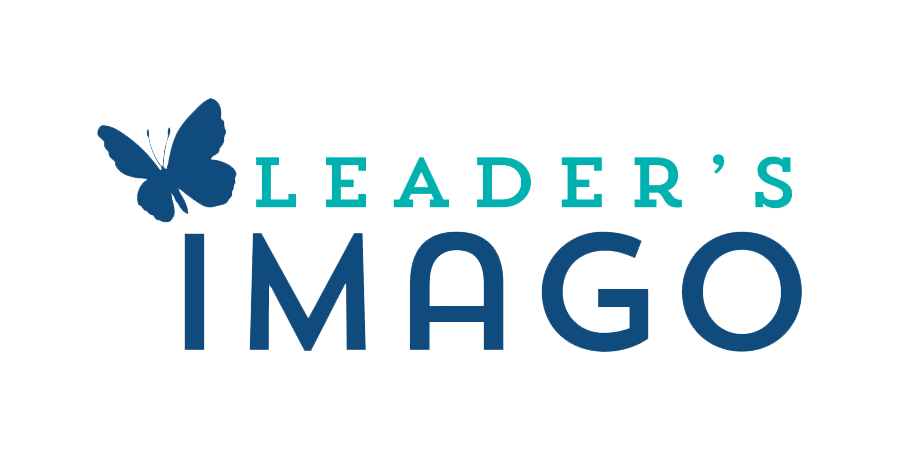Learning how to see. It is actually the metaphorical language of learning how to think. And this skill is ever-important for folks who move into leadership positions to cultivate in new ways. There are some nuances in Learning how to see – as a LEADER.
In this 3-part blog, I will share three aspects of learning how to see for your consideration as you continue in your leadership journey, along with some tips on how to practice.
The second aspect is LEARNING HOW TO SEE WITH THE PROPER LENS.
There is a measurable personality trait related to one’s typical perspective on an issue. Some of us love paying attention to the details in situations, getting into the weeds. While others of us a totally bored with details and find the bigger picture to be a more useful, more energizing perspective. And there are some who might be somewhere in the middle, and can naturally alternate between the big picture and being attentive to details.
There is no right or wrong place to be on this personality trait. And your preference for details versus big picture doesn’t have anything to do with how well you execute your job. But it does give an insight into why you might feel SO DRAINED after listening to a presentation or reading a report about the minutia if you’re a big-picture type person.
The point I’d like to make is that, as leaders, we need to learn when to zoom in on the details AND when to zoom out to the big picture. It’s when we zoom in AND zoom out that we can begin to recognize other things at play that may cause us to recalibrate how the team is operating.
Zooming In
Zooming in on the detail level is important when your team is stuck or off track so you can determine how best to support them. This level of focus gives you insight into how individual performers are critically thinking and working. And learning how to see with this lens helps you validate your assumption that the lower-level activities are going to add up to achieving the ultimate goal.
Zooming Out
Zooming out is important to keep the bigger picture in mind, to prevent losing sense of the context of the details. It gives you a chance to evaluate more strategically how other factors might influence or impact your ultimate goal. Perhaps there are political, environmental, regulatory, or social factors that could potentially reshape the landscape in which your team operates. Learning how to see with this broader picture can help you determine when or if your team’s approach needs to shift.
Learning how to see – as a LEADER – with THE PROPER LENS. Zoom in and Zoom out!




